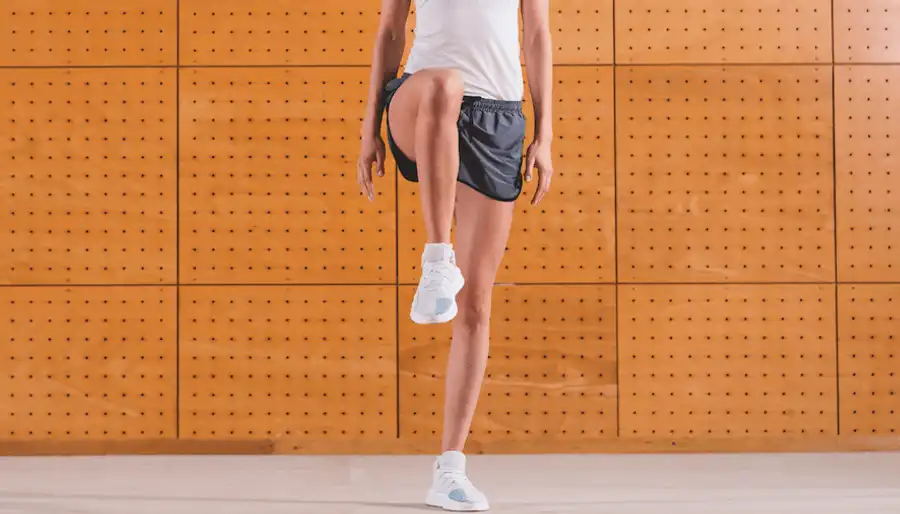Discussing Knee Pain - What You Can Do About It
17 April 2022

Osteopaths know a lot about knees, and how to keep them functioning for you – at any age.
Anatomically, knees are interesting joints. Primarily they are a load bearing hinge joint, and predominantly facilitate bending and straightening (flexion and extension), with a little rotation (twisting) too.
Knees sit in between the hip and the ankle – foot complex, meaning they are the link between the top and bottom of the body.
It also means they are the first area of compensation if a hip, foot or ankle problem occurs, as well as being busy joints in their own right.
Knee injury, dysfunction, or pain can occur at any age – they really do take a hammering in day-to-day living.
When we sit, they bend, when we stand, they straighten, when we walk or run, they absorb a lot of force (good job we have the meniscus in between the bony joint components to help here) they negotiate stairs, cars, occupational demands – the list goes on!
Pain in the knees can come on from an obvious trauma, or just gradually build up over time, and it is not always age related.
Some of the most common injuries I see in clinic in all ages of patient include:
- Children - in young children this is normally to do with sitting in a W position – it places a lot of strain on the knees.
- Teenagers - the main knee issue here is something called Osgood-Schlatter’s. This is most common in physically active teenagers and it can be really painful as well as stopping them playing / competing. Expert guidance is needed to get your super star footballer / netballer back on top of their game.
- Sports / Trauma related - Knees are not just bone, we have ligaments, muscles, tendons and meniscus all working hard. These can get injured and cause pain as well as limited function. Osteopaths have lots of top techniques to help, as well as the use of sports tape and rehabilitation knowledge to do what they love.
- Elderly - the obvious issue would be arthritis but not all knee pain in the older population is degenerative. Symptom management always includes investigations as well as rehab. Post replacement rehabilitation (if applicable) is also a MUST to get your new knee working well.
How to care for your knees
This list is not exhaustive by any means! If you have knee pain or dysfunction it is really important to get specific advice purely related to you.
General advice includes:
Whilst we can kneel and sit back on our heels – doing this for prolonged periods can lead to pain and injury (housemaid’s knee being the most obvious), make sure you use a kneeling pad and regularly break this activity up.
Get your footwear right - use footwear that supports your feet. This then ensures your knees are not compensating for collapsed arches for example, and means that some of the ground forces are absorbed by the shoes, saving your knees.
Walk – this helps strengthen the knee joint as well as the muscles that move and support the knee.
Mix your exercise - running is very popular and it is a great form of exercise, however if your only exercise is running and you run a lot, your knees are really being put under a lot of stress, even if you’re in super duper trainers. Mixing your exercise (for example going between running and cycling or swimming for example) keeps your exercise up, but gives your knees a break. Sometimes knee supports are needed, it is always worth getting professional advice on what support would be best for you, and how to correctly use it, it really is not as simple as wearing it and that’s that.
My biggest tip - don’t put up with pain. Go and see a professional who can assess your knee (and related structures), explain what they think is going on AND why. Get some top quality hands on help as well tailor made rehabilitation exercises alongside advice.
To find out more about how Osteopathy can help you, please make an appointment.
- Written by Emily Coombes (Registered Osteopath - 7416)